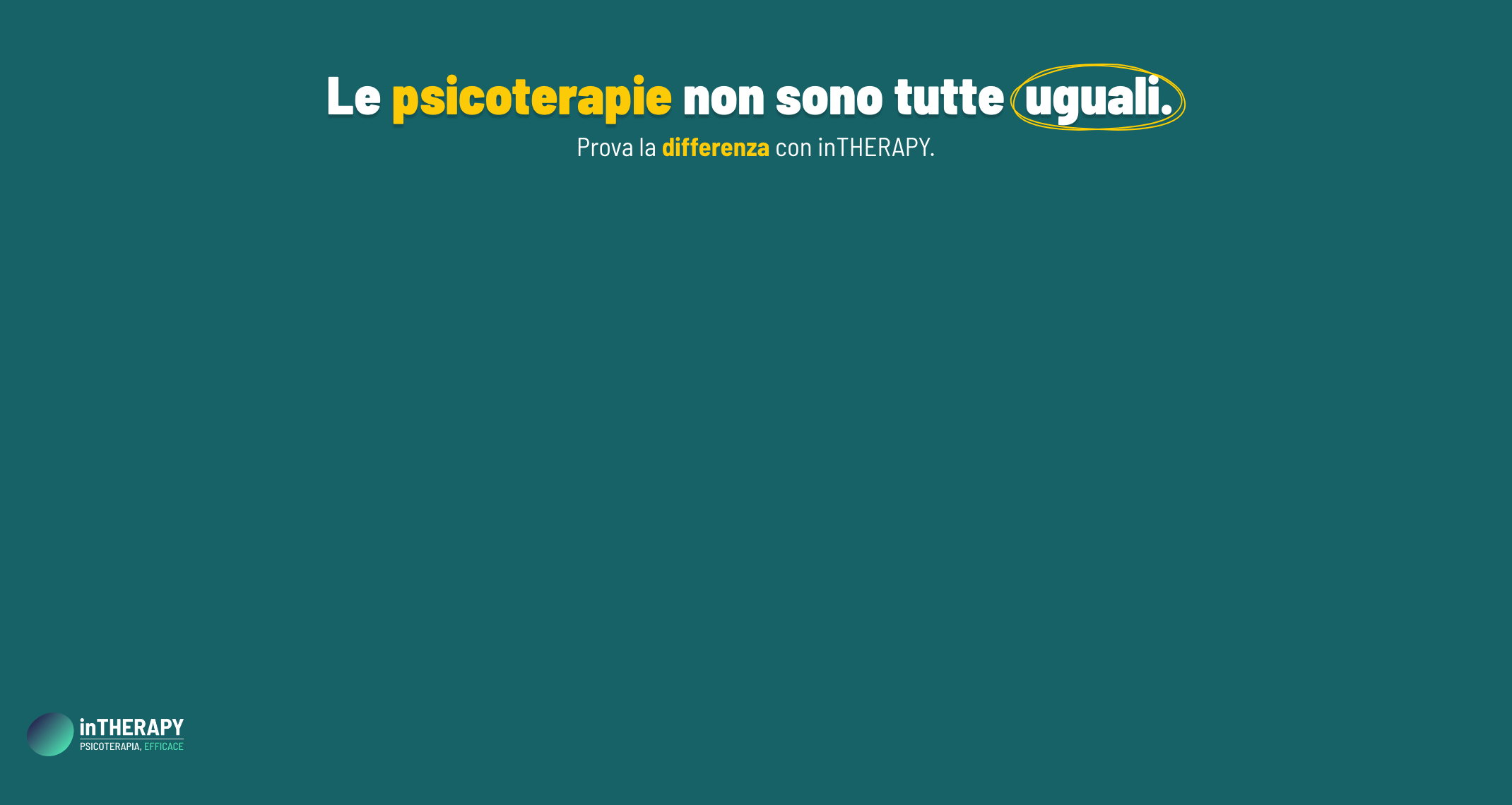The bridge between research and practice: updates from Open Minds.
Accessing mental health services:
I want to solve the problem on my own
It has been shown that people from economically deprived and socially marginalised groups or ethnic minorities are more likely to have higher rates of psychiatric morbidity but less access to the services (Dionisi et. al 2013). The factors implicated in the choice of not accessing the mental health services are complex and still not very well defined, as researches show that these factors are clearly influenced by many variables and cultural differences (Kovandzic et al, 2012). Multiple stigma(s) and lack of effective information are identified as the main barriers to accessing services for ‘hard-to-reach’ groups (Richards, D. & Bower, 2011).
Studies focused on this topic (Richards, D. & Bower, 2011) show that emotionally distressed individuals most commonly identify attitudinal barriers (such as wishing to solve the problem on their own and thoughts that the emotional problem would go away) for not seeking mental health treatment. Although fear of stigmatization is commonly thought to be an important reason for not seeking mental health treatment, the limited number of studies have not found fear of stigmatization to be a commonly reported barrier to seeking treatment for emotional problems. Structural barriers, such as financial cost for mental health treatment, also may affect use of mental health services (although this issue has been highly controversial).
In a study that surveys people from three different countries (Sareen et. al, 2007), researchers have found that the long delays between onset of mental disorders and initial contact with a mental health professional can be explained by people’s attitude of thinking “I want to solve the problem on my own”, followed by “Help would probably be any good”.
Important associations between particular socio demographic factors and types of mental disorders have been found:
-
younger age was positively associated with fear of involuntary hospitalization and concerns about embarrassment from using mental health services;
-
the presence of an anxiety disorder was positively associated with endorsement of the item that help probably would not do any good. These findings suggest that individuals in the community may not be aware of the treatable nature of anxiety symptoms and disorders;
-
the presence of a past-year mood disorder and substance use disorder was positively associated with a fear of involuntary hospitalization;
-
the presence of a substance use disorder was associated with concerns of embarrassment about using mental health services.
Considering these findings some research has been conducted on implementing services and programs facilitating the access to mental health services by acting on these barriers. In the next article we will go through some of the programs have been conducted so far.

LEGGI ANCHE:
- ENGLISH ARTICLES
- ARTICOLI SU: PSICOLOGIA E PSICHIATRIA PUBBLICHE
- ARTICOLI SU: STIGMA
REFERENCES:
- Sareen, J., Jagdeo, A., Cox, B., Clara, I., ten have, M., Belik, S., de Graaf, R., M. (2007). Perceived barriers to mental health service utilization in the United States, Ontario, and the Netherlands. Psychiatric Services, 58:3, 357-364. DOWNLOAD PDF
- Donisi, V., Tedeschi, F., Percudani, M., Fiorillo, A., Confalonieri, L., De Rosa, C., … & Amaddeo, F. (2013). Prediction of community mental health service utilization by individual and ecological level socio-economic factors. Psychiatry research.
- Kovandžić, M., Funnell, E., Hammond, J., Ahmed, A., Edwards, S., Clarke, P., … & Dowrick, C. (2012). The space of access to primary mental health care: A qualitative case study. Health & place, 18(3), 536-551.
- Richards, D. A., & Bower, P. (2011). Equity of access to psychological therapies. The British Journal of Psychiatry, 198(2), 91-92.



